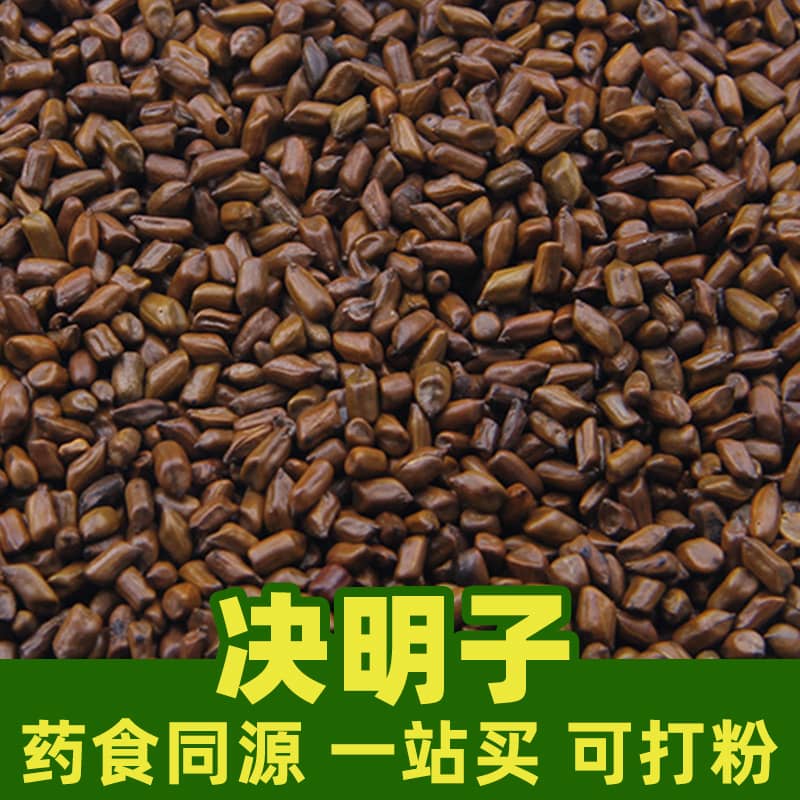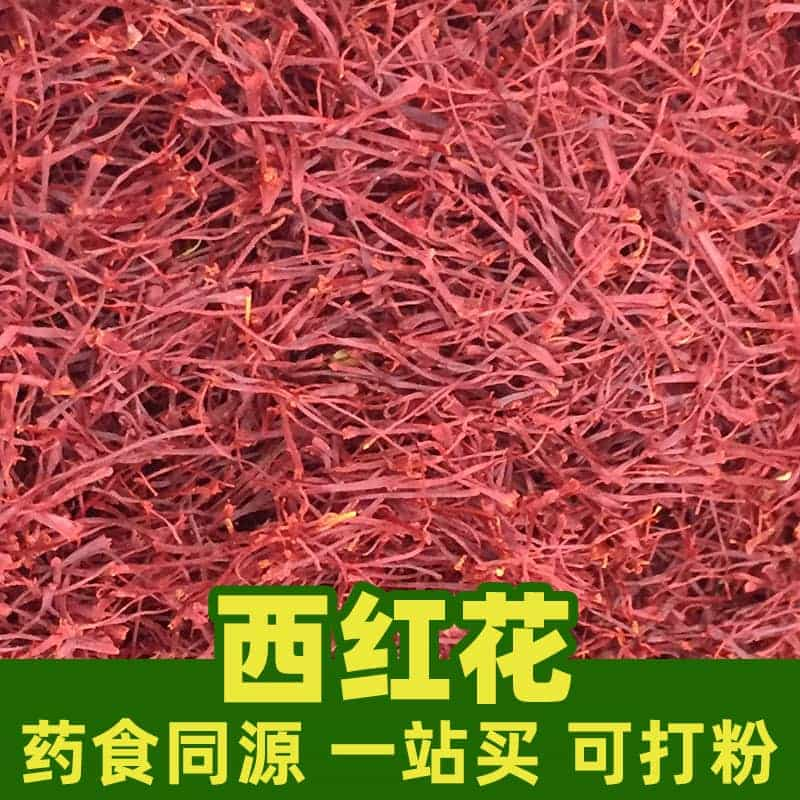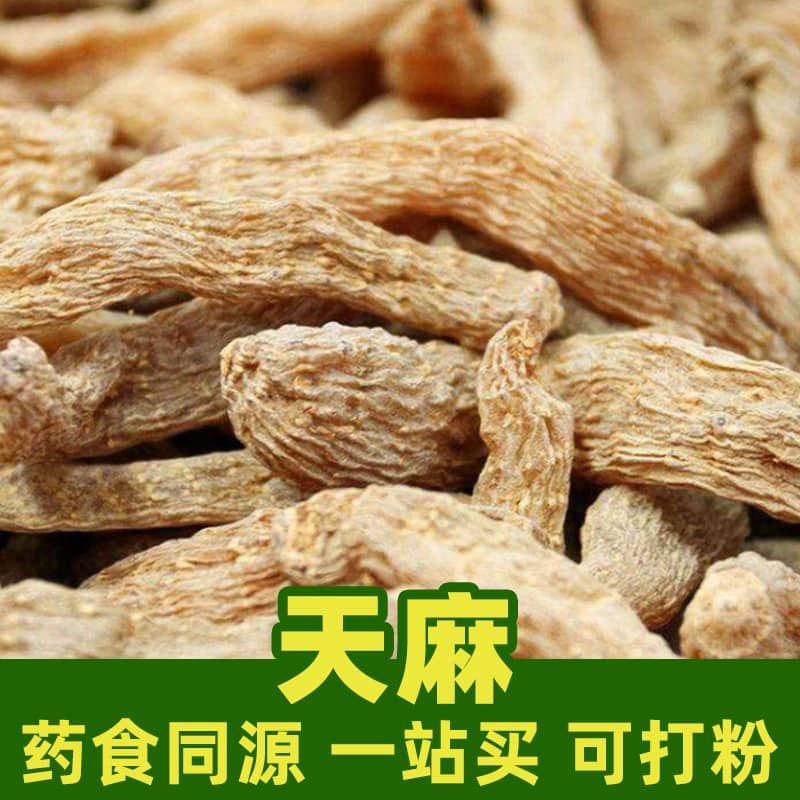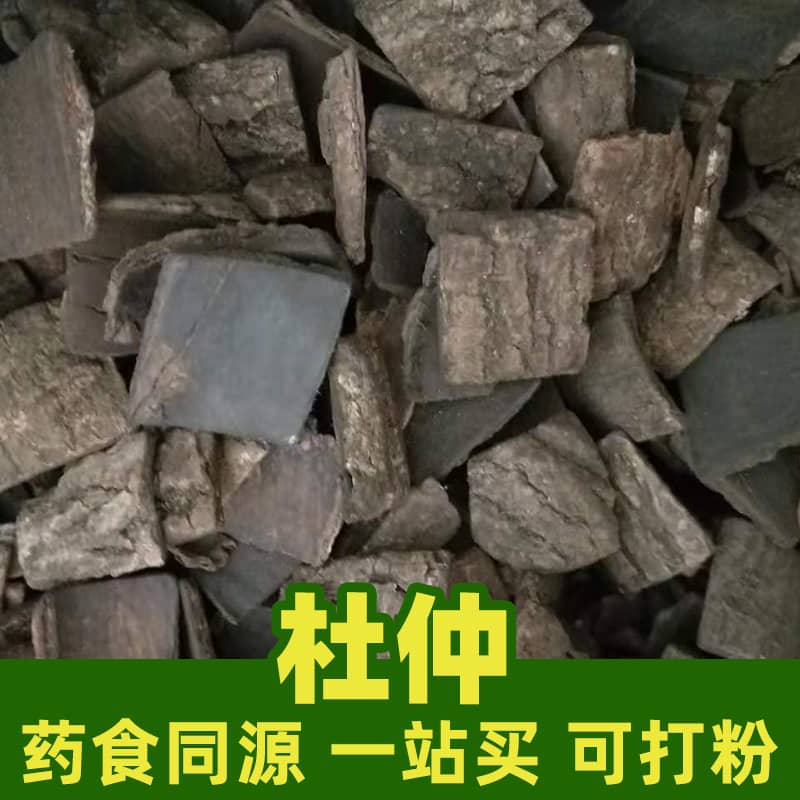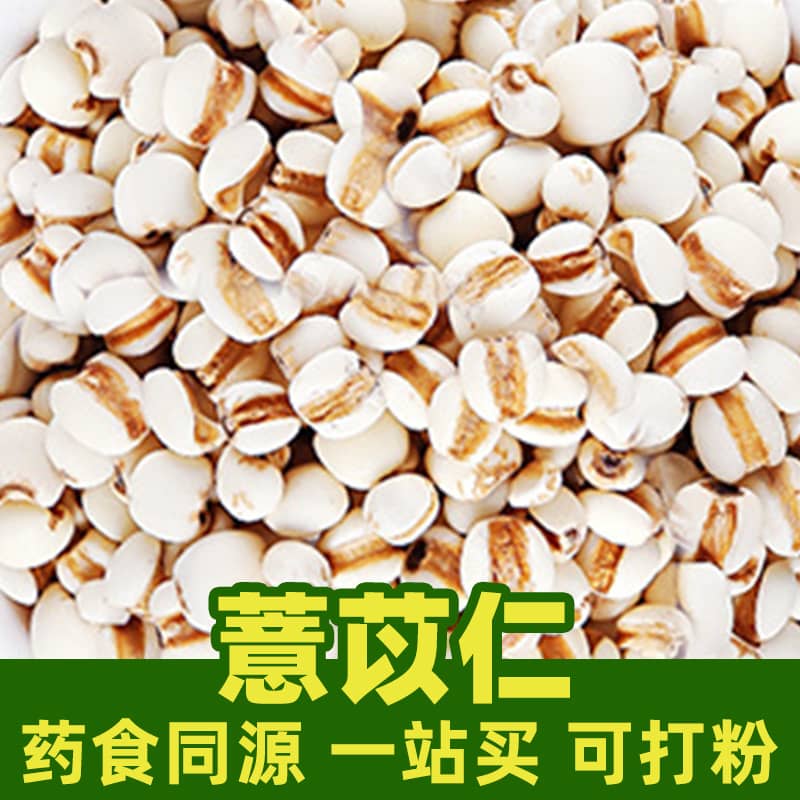Main Active Ingredients
Papayas contain various key active ingredients, including vitamin C, vitamin A, fiber, protein, and papain.
Vitamin C is an antioxidant that helps boost the immune system, promotes wound healing, and protects against free radical damage. The abundant vitamin C in papayas meets the body's vitamin C requirements.
Vitamin A plays a crucial role in maintaining eye health and immune function. The high vitamin A content in papayas helps maintain good vision and skin health.
Fiber is an indigestible plant substance that is beneficial for gut health. The high fiber content in papayas promotes digestion and bowel regularity, helping prevent constipation and maintaining a healthy gut.
Protein is an essential nutrient for the body and is crucial for cell repair and growth. Papayas contain a certain amount of protein, providing the body with the necessary amino acids.
Papain is a unique enzyme found in papayas that aids digestion and promotes gut health. It helps break down proteins, promotes food digestion and absorption, and relieves stomach discomfort while stimulating appetite.
Product Applications and Usage
Papayas have a wide range of applications in the food industry and can also be used in traditional medicine.
- Food Applications: Papayas can be eaten raw, offering a delicate texture and sweet flavor. They can also be added to fruit salads for a touch of sweetness. Additionally, papayas can be processed into juices, jams, ice cream, and other products to enhance flavor and nutritional value.
- Traditional Medicine: In traditional medicine, papayas are believed to quench thirst, aid digestion, and soothe the lungs. They are often used to improve digestion, stimulate appetite, and relieve coughs. Papayas can be cooked and eaten or consumed raw.
The specific dosage and usage of papayas can vary depending on individual needs and food preparation methods. It is recommended to follow hygienic and food safety guidelines when consuming or processing papayas.
Product Source Plant Introduction, Distribution, and Growth Environment
Papayas are primarily grown in tropical and subtropical regions, such as Central America, South America, and Southeast Asia. They are perennial trees with straight trunks that can grow up to 10 meters tall. The leaves are palm-shaped with deep lobes and a smooth surface.
Papayas have oval or oblong fruits with a smooth skin that is typically yellow or orange. The flesh is tender, juicy, and sweet. The seeds are black and have a hard outer layer.
Papayas thrive in warm and humid climates and require plenty of sunlight. They are adaptable and can grow at low altitudes, down to sea level. The optimal growth temperature is 20-30 degrees Celsius, with a minimum growth temperature of 15 degrees Celsius.
Harvesting, Processing, and Storage
Ripe papayas can be harvested by picking or cutting them from the tree. When harvesting, select papayas with smooth skin, vibrant color, and tender flesh.
Papayas can be consumed directly or processed further based on personal preference. If you want to make juice, jam, or ice cream, you can peel and seed the papaya before processing.
Ripe papayas should be stored at room temperature, away from direct sunlight. Slightly ripe or sliced papayas can be refrigerated but should be consumed as soon as possible to maintain their taste and nutritional value. Sliced papaya can be covered with cling film and stored in the refrigerator.
Monica Sun is a seasoned expert in the natural raw materials industry, with over a decade of experience specializing in traditional Chinese medicinal herbs, spices, and fungi. She is skilled in the sourcing, processing, and application of these materials, emphasizing sustainability and innovation. Monica Sun has contributed to the development of high-quality natural raw materials that serve as essential components in functional foods, pharmaceuticals, and cosmetics, delivering tailored solutions to meet diverse market needs.









